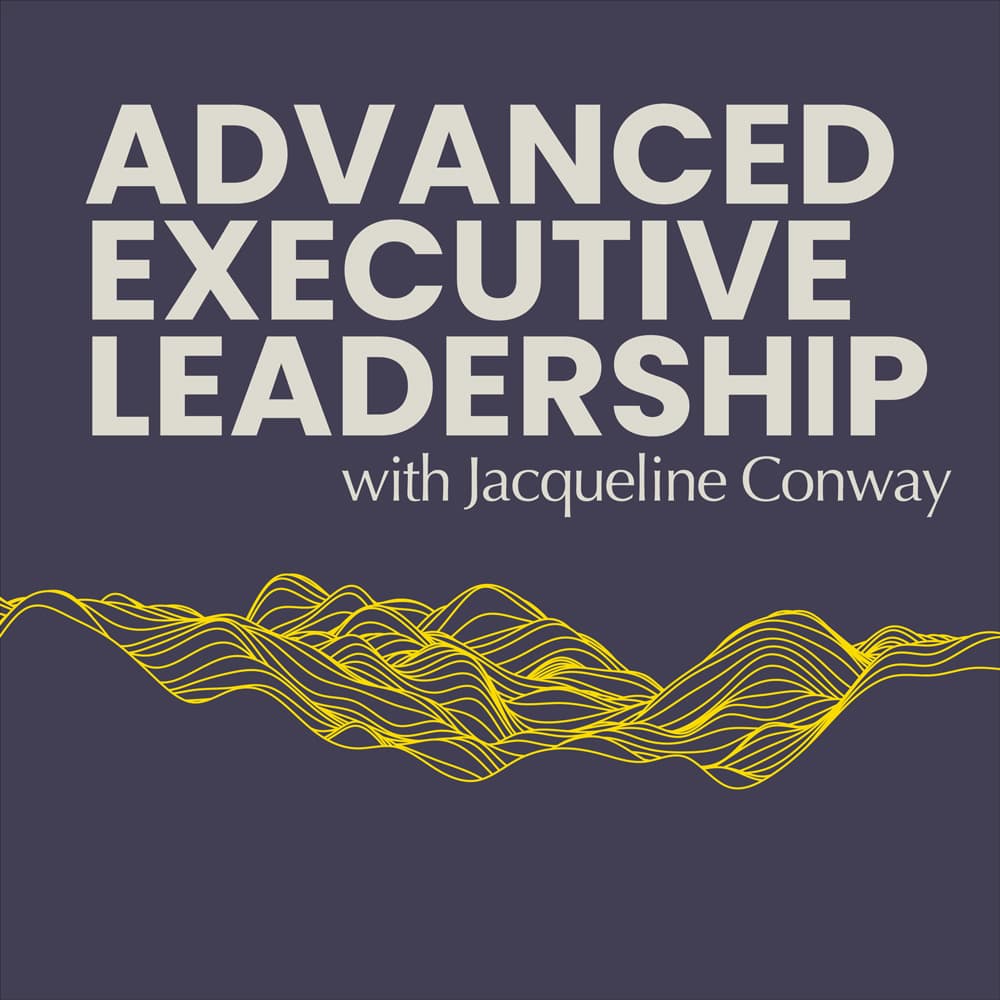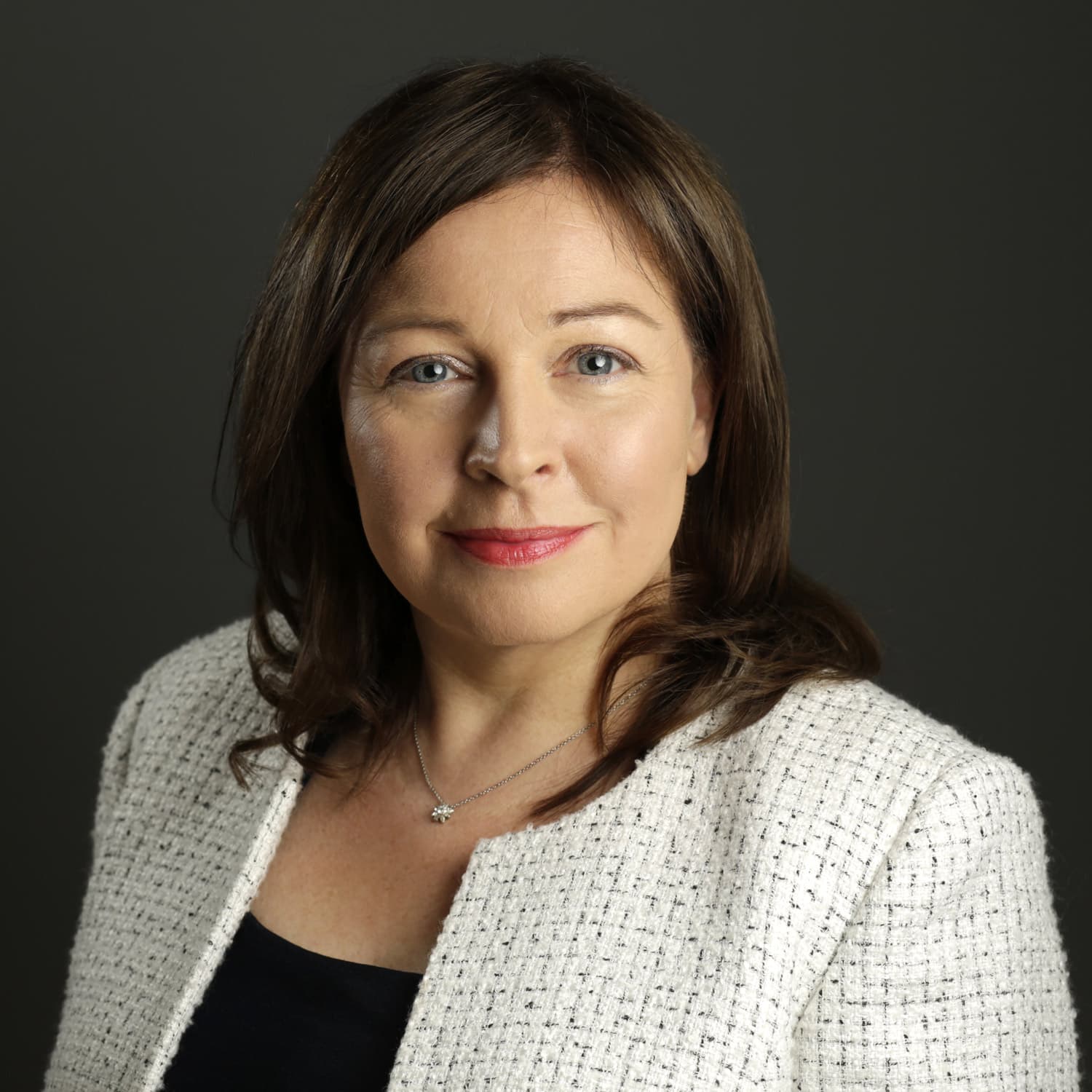Listen above to this podcast by clicking the play arrow above or alternatively click below…
Responding to a blogpost on LinkedIn in which Matthew Syed advocated for conflict in teams as a way to coming to the best outcomes, I explore if we really do need more conflict in executive teams or whether it’s something else entirely. And what that is.
In this episode of the podcast I want to tell you why I think Matthew Syed is wrong
Last week, he posted this on LinkedIn:
Conflict is part of how teams get to the best results.
We can’t agree on the best answers, if we don’t debate our ideas.
The best teams realise that dynamic and sometimes conflicting conversations do not fracture the spirit of the team, but enable us to achieve the best outcome.
Sometimes, internal conflict is essential for external success.
#DiversityOfThought.
I had diversity of thought. I don’t agree.
When I have a visceral reaction to something that I read, it’s usually a good sign that I should pause and think about what I think/feel, why I think/feel that way and interrogate whether that’s a helpful opinion to hold about something.
In the immediacy of reading Syed’s post, I didn’t do any of that. I just responded with lightening fingers:
I said:
I agree wholeheartedly with the principle that disagreement and dissent are essential in high functioning teams.
But I don’t believe these are the same as conflict.
By its very nature, conflict is oppositional and fracturing.
No good teams I’ve worked with have been in conflict.
But they often passionately disagree.
The comments on my response, especially one from a professional associate encouraged me to explore this further so I used last week’s blogpost and this week’s podcast to explore what I actually do think as it relates to conflict sin teams, what do I think about this and why I think what I think. I’m still formulating these thoughts, but I wanted to share them with you to see what you make of them.
Have a listen and let me know what you think.
Transforming conflict
Those who want to make conflict okay argue that our negative ideas about conflict are and I quote: “robbing us of all the positive things that it brings”.
To which I’d say: try telling that to the people of Ukraine.
That may seem a bit harsh. But language matters. When we use a word: an important word – like conflict and we misappropriate it for likes and clicks, we both weaken the word for the times when it’s used appropriately and we muddy the waters on the subject we’re talking.
I guess that’s my first and most fundamental objection to it. Right now, we’re in a situation where none of us need to pick up a dictionary to know what conflict is and what it looks like. It’s a strong word; in my view best reserved for situations what warrant it.
Here’s my second objection. In his post Matthew Syed stated:
The best teams realise that dynamic and sometimes conflicting conversations do not fracture the spirit of the team, but enable us to achieve the best outcome.
But I I think Syed and others who take this position have things wrong way round. They say: you transform conflict by getting into dialogue. But in my experience, being in the conflict is the thing that’s getting in the way of dialogue. The conflict doesn’t enable dialogue – it prohibits it. It’s precisely because there’s conflict – by which I mean the issue has some emotional charge – that makes talking about it so difficult.
To say: “be more conflict” in those circumstances seems to me quite insulting to the teams who are genuinely grappling with it. And it can be quite dangerous because I know quite a lot of people who still hold the view that shaking a team up with a bit of conflict is a good thing. They read things like Syed’s post and it vindicates some very bad corporate behaviour.
Even the usually brilliant Amy Edmondson, the Harvard professor and best selling author of Teaming takes an unusually simplistic stance saying that we should “shift our thinking from conflict resolution to conflict transformation” and then offers a fairly simplistic motherhood and apple pie four-point list to ‘transform conflict’:
- identify the nature of the conflict
- model good communication
- identify shared goals
- encourage difficult conversations
I wondered if it was just me that thought this was just management double-speak, so I asked a couple of executive leaders what they thought ‘conflict transformation’ meant and they hadn’t a single clue. Good. It’s not just me.
Coming up with meaningless terms like “conflict transformation” might get your book published, but what does it genuinely mean?
Conflict and disagreement – the same thing?
At the heart of this seems to be misaligned around what we think of as conflict and disagreement: and an assumption that they’re the same thing.
Again, quoting Matthew Syed from his post he says: we can’t get to the best answers if we don’t debate ideas.
It follows that the more debate there is in a team and the more team members effectively works through these disagreements, the more effective it will be.
That’s where Syed and I agree.
But we part company on the idea that conflict is the same as disagreement and that they are both necessary.
I work with executive teams every day and I have the privilege to observe them in their collective work. In my experience, there’s a qualitative difference between a team in disagreement and a team in conflict.
In a team in disagreement, the issue tends to be held more closely in mind. It is the thing to be debated. It’s not about ‘John’ or ‘Megan’ or whoever else. It’s about it. The thing being debated. The conversation can get heated, voices can be raised and it’s common to see exasperation and frustration. It can get tense. But what doesn’t happen is threat – psychological threat – to any individuals.
It’s here that I’d positively draw on the work of Amy Edmondson whom we met earlier because I dismissed her idea of conflict transformation. She’s best known for her brilliant work on psychological safety. That is the feeling you won’t be punished, humiliated or attacked for being open about questions, beliefs and concerns.
Teams in conflict tend to have lower levels of psychological safety. The issues become personal and the ability to speak up to disagree comes with a personal risk.
When that happens, our threat system gets activated. It’s diverts our reasoning from the part of our brain responsible for our executive function – that is calm consideration – to the primitive brain that responds automatically in fight, flight or flee.
In that state, team members are less likely to be able to deploy executive thinking and more measured responses. This is when people say things they later regret, walk out, regress or otherwise find that they’ve been temporarily unable to tap into a calmer, more considered state to help work through the issue in a way that is in everyone’s best interest.
Conflict avoidance
The increasing complexity that executive leaders face means the potential for disagreement in identifying issues, appraising options, solving problems, and making decisions is highly likely. And they shouldn’t be shied away from.
So teams who are grappling with complexity and gnarly problems should have diverse viewpoints to draw on and the ability to engage in energetic, healthy debate to get to the best outcomes.
And perhaps that’s what Syed may have been getting at. But conflict and conflict avoidance are very different states – and shouldn’t be conflated.
We are conflict avoidance when there’s something that needs to be said, that ought to be said, but which isn’t. It’s often dressed up behind a fear that we don’t want to hurt people or have it land badly with them. This is a noble aim. But it’s usually misplaced. The avoidance of conflict often feels worse than having a straightforward disagreement.
A much more interesting question for me, then is: how do we help senior teams to do this? What can team coaches and facilitators do, that can team leaders do and what can team members do to create a space where a team don’t avoid the issues that need to be addressed without tipping into a psychologically unsafe conflict.
The impact of conflict on burnout
It’s true, I’ll admit that I sometimes like to take a contrarian position on things and this may be one of those times.
But I honestly believe that simple slogans can be dangerous. If we don’t deploy critical thinking to them, we can find ourselves more challenged and depleted. Less able to lead our organisations well.
And as it relates to the series that we’re focused on in Waldencroft right now about executive burnout, I think it’s fair to say that increased conflict in the C-suite is synonymous with increased burnout in executive leaders.
In the teams who have found a way to be in it together, where there is strong psychological safety and trust – even when there is disagreement about things – are the ones with the most enlivened executives.
And the impact on stress and burnout is significantly higher in teams characterised as conflict avoidant than with those with lots of debate. But there’s even more burnout in teams that are in all-out conflict.
In-Dialogue Build-Back Burnout webinar
We’re launching an brand new series of interactive webinars, called In-Dialogue, for senior HR leaders on supporting the development and flourishing of their executive colleagues. The first of these carries on our theme of executive burnout.
Reasons to attend
- A chance to explore the challenges of executive burnout in your organisation
- A space to share your own experiences, test ideas and learn from other HR leaders
- The opportunity to hear what’s been working for Waldencroft’s clients,
- Network and learn from other senior HR leaders.
This is a free 75 minute, live interactive session. Places are limited to senior in-house HR leaders who have responsibility for executive wellbeing.
Join senior HR peers for an In-Dialogue webinar session as they share their experience and learning in how to support senior leaders experiencing burnout.
It’s taking place on 08:45 GMT on 18th March online, via Zoom.
I’ve put a link in the show notes that’ll take you to the sign-up page where we’ll send you the joining instructions.
Subscribe to Waldencroft Podcasts…
What’s required from Executive Leaders has changed. Find out how executive leaders and executive teams can survive and thrive in our disrupted world. Interviews with CEOs and insights from Waldencroft’s Dr Jacqueline Conway.
By Jacqueline Conway…
Dr Jacqueline Conway works with CEOs and executive teams as they fully step into their collective enterprise-wide leadership, helping them transform their impact and effectiveness.
Jacqueline is Waldencroft’s Managing Director. Based in Edinburgh, she works globally with organisations facing disruption in the new world of work.


